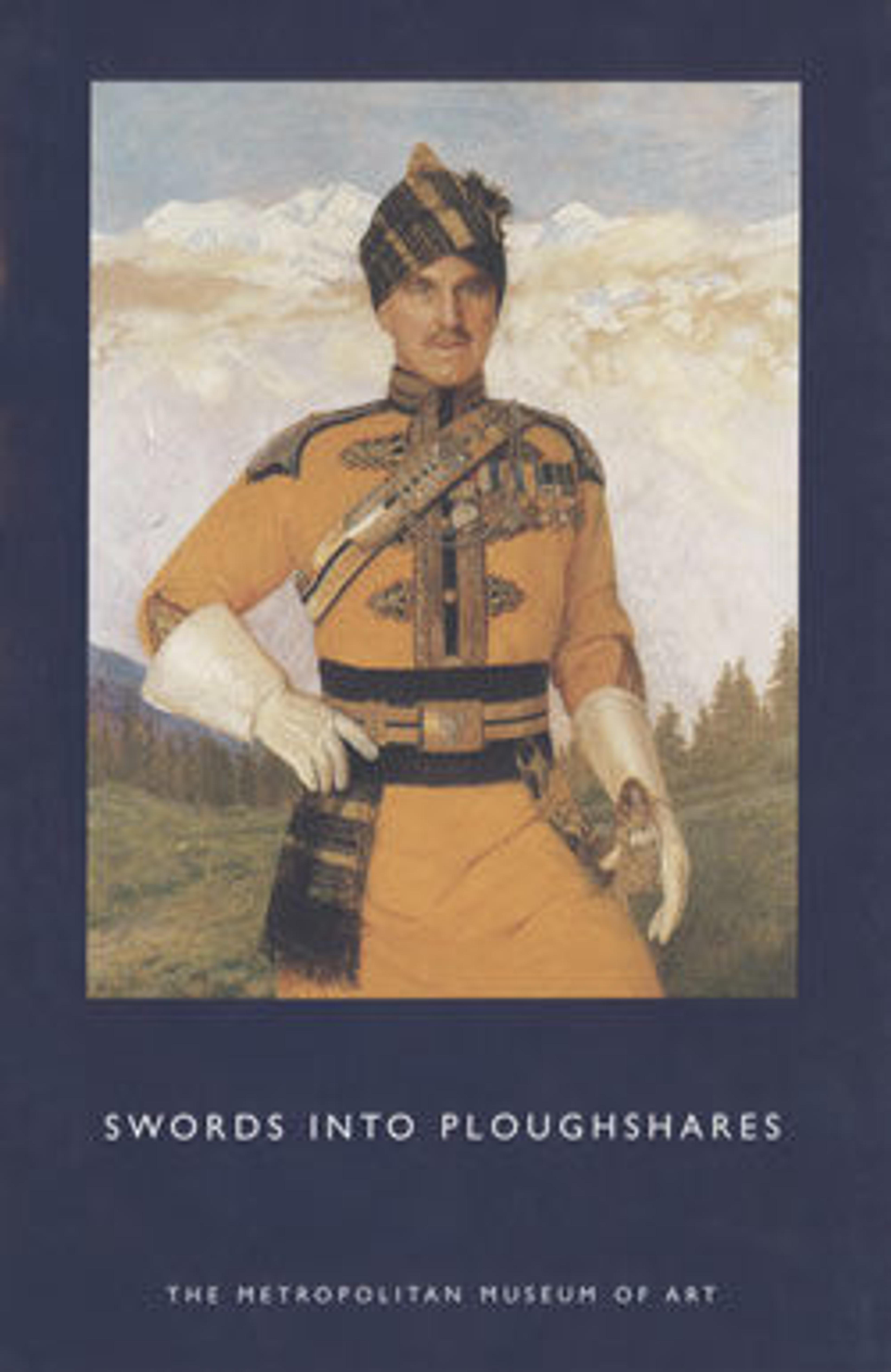Pantsuit
By 1970, with the acceptance of trouser suits, the Western woman's silhouette accommodated bifurcation for the first time. Yves Saint Laurent, a designer extremely sensitive to social trends, responded to the May student uprisings in 1968 by creating a line of women's tailored trouser suits. Based on the "African" theme, he created a "Safari" suit for his spring/summer 1968 collection, transforming the functional hunting outfit into townwear for women. Two years earlier, Saint Laurent had introduced his "City" trouser suit, which was intended to play the same role as a man's suit. Although trousers had been acceptable as an element of Orientalizing ensembles, for sport, as loungewear, and as an expression of iconoclasm by celebrities like Greta Garbo, Marlene Dietrich, and Katharine Hepburn, they had never been acceptable townwear for a fashionable woman. This radical shift is commensurate with the remarkable ascent of women in society during the 1970s.
Artwork Details
- Title: Pantsuit
- Design House: Yves Saint Laurent (French, founded 1961)
- Designer: Yves Saint Laurent (French (born Algeria) Oran 1936–2008 Paris)
- Secondary Line: Yves Saint Laurent Rive Gauche (French, founded 1966)
- Date: spring/summer 1970
- Culture: French
- Medium: cotton
- Credit Line: Gift of Barbara and Gregory Reynolds, 1984
- Object Number: 1984.598.96a–c
- Curatorial Department: The Costume Institute
More Artwork
Research Resources
The Met provides unparalleled resources for research and welcomes an international community of students and scholars. The Met's Open Access API is where creators and researchers can connect to the The Met collection. Open Access data and public domain images are available for unrestricted commercial and noncommercial use without permission or fee.
To request images under copyright and other restrictions, please use this Image Request form.
Feedback
We continue to research and examine historical and cultural context for objects in The Met collection. If you have comments or questions about this object record, please contact us using the form below. The Museum looks forward to receiving your comments.
